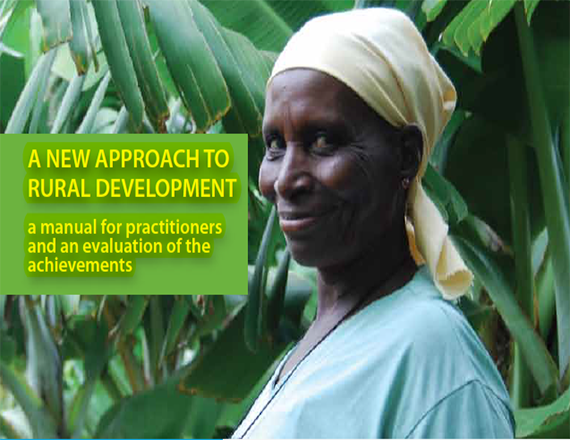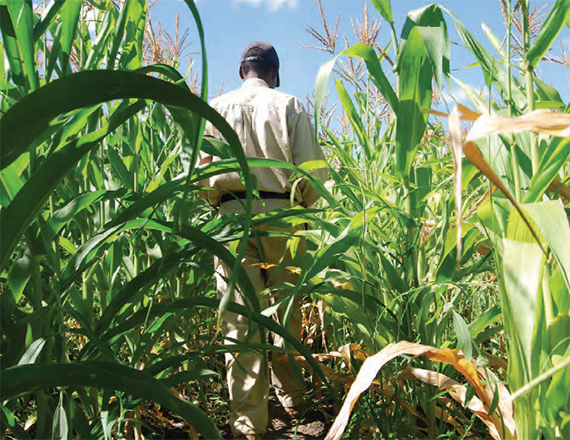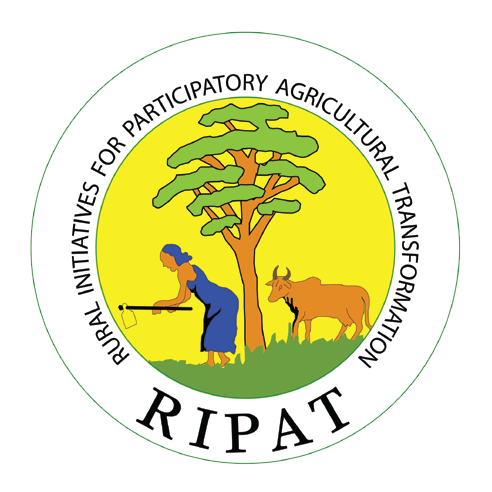We are RIPAT
We are RIPAT


Our Impact
An agricultural intervention like RIPAT is mainly of interest for policy makers, donors and implementing organizations once it has proved capable of making positive changes in the lives of its target population.
- RIPAT aimed at increasing food security and alleviating poverty through a sustainable and lasting change in the agricultural systems of small-scale farmers. Five years after the introduction of the first RIPAT project it is safe to say that it has, to a reasonable extent, succeeded in doing so
- Analyses of research data based on interviews with almost 2000 household’s show that, on average, households which have participated in RIPAT -compared to similar households which have not - are significantly more likely
How was it implemented
Creation of a vision of a better future through the careful sensitization of communities to the potential for change and the mobilization of farmers to take charge of their own development.
Establishment of farmer groups with good leadership to enable the transfer of appropriate agricultural technologies through participatory demonstrations and reflective Learning techniques.
Close collaboration with local government authorities, village leaders, and government agricultural extension officers to ensure the continuation of the Project and further spreading tithe wider community.
Implementing RIPAT, When
In areas with a monsoon climate, it is best to start a RIPAT project some two–three months before the rainy season sets in. This gives the project staff ample time to organize the groups, teach the first lessons, and prepare land for the group activities.
It encourages and motivates the group and the community if at the end of the wet season there is visible evidence of the project activities in the form of harvest.
A PR object should not operate for too long before hands-on activities commence and tangible results can be expected.
Implementing RIPAT, Where
Where farmers live relatively close to one another– Scattered households with long distances from homes to the group plot can make it difficult for some farmers to attend group meetings on a weekly basis.
Where there is relatively good conditions for agriculture– Areas with very harsh, dry climatic conditions and poor opportunities for rainwater harvesting and/or irrigation are very challenging.
Where the population is settled– The participating farmers must be permanently resident and have crop and livestock production as a part of their livelihood.
